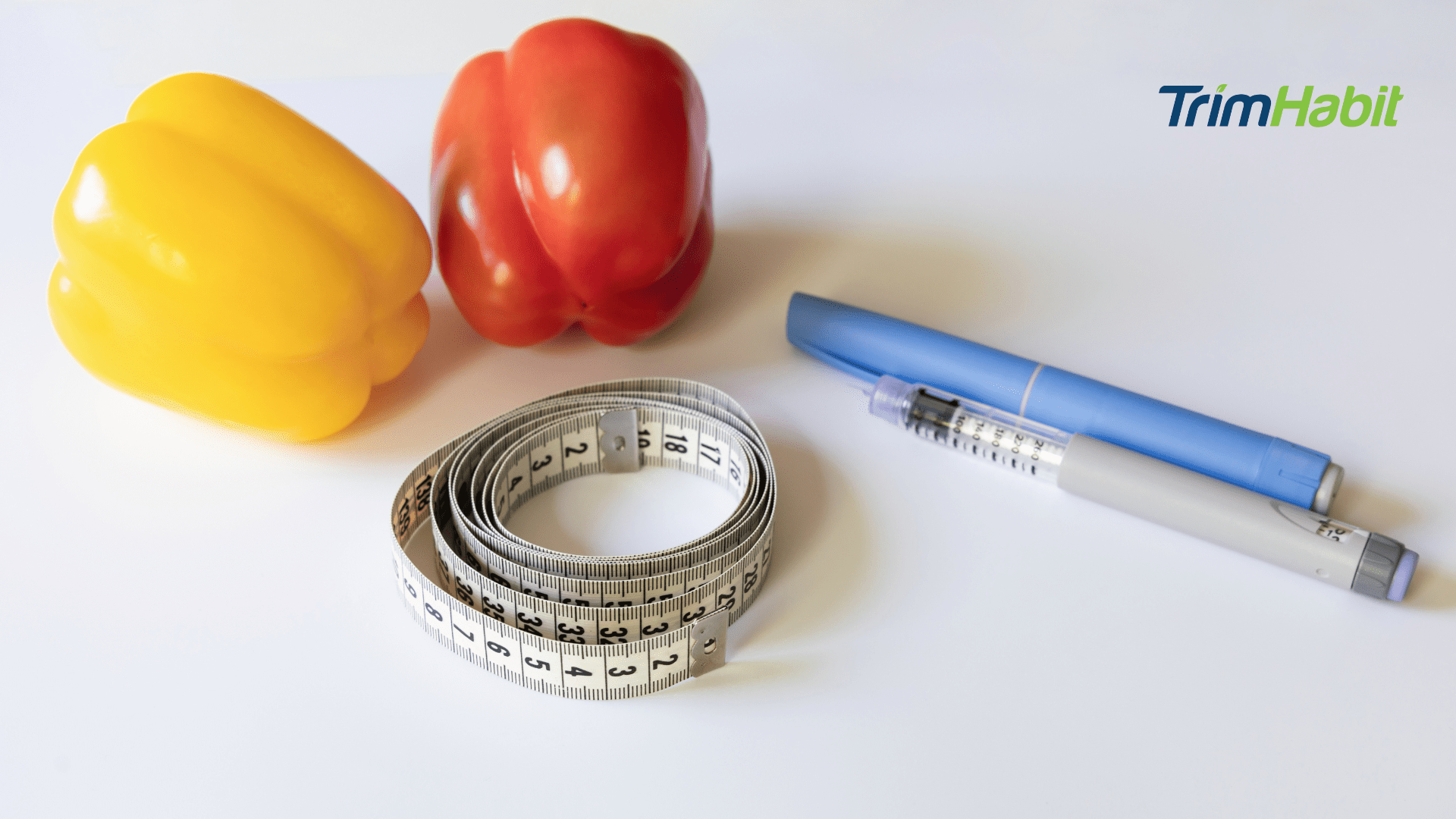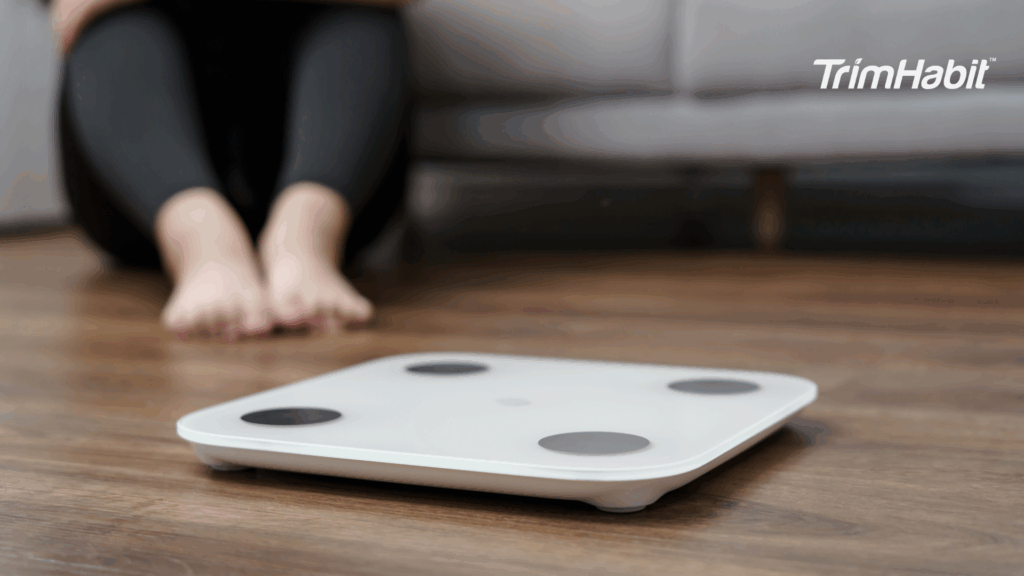When you begin building a weekly routine around your semaglutide dose, you create more than just a reminder to take your medication. You build a structure that anchors healthy choices, reinforces consistency, and helps you handle the shifts that come with starting and sustaining treatment.
Because semaglutide is a prescription medication, using it well requires intention. For some, the primary focus is weight loss, while others take it for blood sugar control. Many need both. Creating your week around your scheduled dose can make your days smoother and your progress clearer.
This isn’t about perfection. It’s about building a pattern you can return to, no matter how hectic life gets. Let’s break down how to structure your week and what it can look like in practice.
The Importance Of Consistency
Semaglutide works best when taken on a weekly dosing schedule1. That means choosing a regularly scheduled day that fits your life and sticking with it. Some prefer Sunday morning before breakfast, others choose Thursday night after dinner. The key is repeating the habit on the same day each week.
Consistency helps your body adjust. It ensures your appetite regulation, digestion changes, and shifts in energy occur in predictable patterns. For example, if you typically inject on Saturday morning, you may notice your appetite is lowest that day and the following day. Planning lighter meals then becomes easier, while midweek might feel steadier.
But what happens if you miss a dose? The answer depends on timing. If it’s within a few days of your next scheduled dose, you may need to wait instead of doubling up. Always check the instructions for your dosing schedule and confirm with your healthcare provider when you’re uncertain. Knowing what to do when you miss a dose prevents unnecessary stress and keeps you safe.
Building A Weekly Routine Around Your Semaglutide Dose
1. Dose Phases And Adjustments
When you start, your provider usually prescribes a starting dose as part of the semaglutide loading phase. The point of beginning with a lower dose is to help your body respond gently. Many people feel mild nausea or slower digestion at first, and a lower dose makes those effects easier to handle.
Over weeks, your provider may gradually increase your prescribed dose. This stepwise progression allows your system to adapt. Eventually, you’ll reach a maintenance dose, which is the level meant to sustain benefits for the long run. Some people move up to the maximum dose, depending on how well they tolerate it and what their treatment goals are. Others find that a moderate level works best.
Example: Imagine you begin with 0.25 mg weekly. After four weeks, your provider raises it to 0.5 mg. By month three, you’re at 1 mg. That staged increase is your semaglutide dosing journey, moving from initiation to stabilization. Every shift is based on safety, tolerance, and effectiveness.
Dosage changes aren’t just about tolerance, though. Your medical history, including risks like heart disease, chronic kidney disease, or a family background of thyroid cancer or medullary thyroid carcinoma, can influence your dosage adjustments. Your provider uses this information to decide what the correct dosage and correct dose look like for you.
2. Food Planning Around Dose Day
Nutrition plays a central role in making semaglutide work for you. On the day of your semaglutide injection, and sometimes the day after, it helps to eat lighter meals that go easy on your digestive system. Many people find success focusing on a balanced diet rich in nutrient-dense foods.
Example dose-day meal plan:
- Breakfast: A small bowl of oatmeal topped with blueberries and chia seeds
- Lunch: Grilled chicken breast with roasted zucchini and quinoa
- Dinner: Baked salmon with steamed spinach and sweet potato
- Snacks: A handful of almonds or cucumber slices with hummus
Each meal provides lean proteins, healthy fats, and complex carbohydrates that help with fullness while minimizing discomfort. These choices also help regulate appetite and keep energy steady.
Later in the week, once your system settles, you may enjoy more variety. That’s when you can try new recipes, experiment with seasonings, or add foods like brown rice, avocado, or turkey chili. Consistent dietary adjustments allow you to support weight loss while still keeping energy levels balanced.
Pairing meals with hydration also matters. Aim for a glass of water before every meal and keep a refillable bottle nearby during work or errands. Staying hydrated helps prevent constipation and reduces nausea, which are two side effects that sometimes occur as your body adjusts.
3. The Role Of Blood Sugar Management
Semaglutide works in part through its effect on insulin secretion and its ability to slow how fast food leaves your stomach2. Both mechanisms help with glycemic control. For people managing type 2 diabetes, this leads to more stable blood sugar levels and fewer spikes after meals. Over time, this contributes to improved blood sugar levels and stronger long-term outcomes.
However, awareness is important. If you’re on other diabetes medications, you may be at risk for low blood sugar. Recognizing signs like shakiness, sweating, or confusion ensures you can act quickly. Keeping a small snack, like a piece of fruit or crackers, in your bag is a practical safeguard.
Example scenario: Imagine you inject on Monday morning. By Tuesday afternoon, your appetite is low, and you’ve skipped lunch without realizing it. If you take insulin or a sulfonylurea, your blood sugar could dip. Having a small snack handy prevents discomfort and helps you stay safe while controlling blood sugar levels.
The larger picture is this: medication is only part of the story. A healthy diet, consistent physical activity, and routine check-ins with your provider all work together to improve blood sugar control and strengthen overall health.
4. Moving Your Body With Intention
Pairing semaglutide with exercise strengthens its effects. On your semaglutide dosing journey, think about how movement fits into your week.
Light activities work best on the day of your injection, such as walking, yoga, or gentle stretching. This helps digestion and prevents discomfort. Midweek, when your body feels steady, you can try higher-intensity workouts like cycling, running, or strength training.
Example routine tied to dose day:
- Day 1 (dose day): 30-minute walk after dinner
- Day 2: Gentle yoga session
- Day 3: Strength training (full body)
- Day 4: Rest day or light stretching
- Day 5: 20 minutes of cycling
- Day 6: Bodyweight HIIT session
- Day 7: Rest and reflect before the next dose
Over time, this combination helps with promoting weight loss, improves endurance, and boosts mood. It also contributes to steady energy throughout the week and effective weight management.
5. Injection Technique And Site Care
The way you inject semaglutide matters. The medication is delivered under the skin into fatty tissue, usually in the abdomen, thigh, or upper arm. To avoid irritation, it’s important to rotate injection sites.
Example practice: If you injected in your right thigh this week, move to your left abdomen the next, then your left upper arm after that. Rotating helps prevent skin irritation and gives each injection site time to heal.
Mild redness or skin irritation is not uncommon, but if it persists, talk to your provider. They can help adjust your technique or timing before your next dose.
6. Monitoring And Reflection
Your dose day doubles as a check-in. Think of it as your reset button. Take a moment to record your body weight, appetite changes, or side effects in a notebook or phone app.
If you’re taking semaglutide as part of semaglutide for weight loss therapy, you’ll want to see gradual reductions in body weight over months. If you’re focused on diabetes, you’ll want to track glycemic control through lab results and daily checks. Either way, documenting how your body responds ensures you and your provider can make smart dosage adjustments.
Example reflection: On Saturday, the day of your shot, you jot down:
- Weight: 182 lbs (down 2 from last week)
- Side effects: Mild nausea, no vomiting
- Energy: Low on Sunday, better midweek
- Diet: Stayed within planned calories, added extra veggies
- Exercise: Completed 4 workouts
This record helps your healthcare provider see your progress clearly and make recommendations.
7. Staying Safe With Long-Term Use
While semaglutide is effective for weight loss and diabetes management, your safety is equally important. Risks like thyroid cancer and medullary thyroid carcinoma are rare but serious. That’s why your medical history is part of every decision about your dosage schedule.
Regular lab work to monitor kidney function, heart health, and blood sugar levels ensures that the prescribed dose remains safe. If you ever develop persistent digestive issues, unexplained swelling, or severe abdominal pain, contacting your provider before your next scheduled dose is essential.
8. Staying On Track When Life Gets Busy
Everyone experiences disruptions from travel, work, or family emergencies. That’s why tying your semaglutide to a habit you never forget helps. For example, you might always inject after brushing your teeth on Saturday morning. Linking it to a daily ritual keeps you on track.
If you ever miss a dose because of travel or forgetfulness, don’t panic. Just check the guidelines, adjust if needed, and return to your scheduled dose as soon as possible. The more you practice this pattern, the more automatic it becomes.
Conclusion
Your semaglutide routine involves more than the weekly shots. It’s a cycle of reflection, planning, and action that strengthens week after week. With a consistent weekly dosing schedule, careful meal planning, hydration, and intentional movement, you give your body the chance to adapt and thrive.
Think of each semaglutide dose not just as a medication but as a marker in your week, a chance to check in, reset, and recommit. For those aiming to lose weight, pursuing weight loss goals, or striving to improve glycemic control, structuring your week around your semaglutide injection makes the difference.
Over time, the pattern transforms. What begins as a simple injection becomes a framework that supports treatment goals, promoting weight loss, and improved blood sugar levels. With steady progress, mindful choices, and ongoing connection to your provider, you create a lifestyle that helps you succeed in controlling blood sugar levels and achieving lasting change.









